Those smiling faces…
-
0
-
0Shares
Today I'm truly happy to feature Andre Liohn, an old friend, a friend of S4C and one of the best and most accomplished combat photographer of our times.
There is no need to introduce him. He became the first Latin American photojournalist to receive the prestigious Robert Capa Gold Medal by the Overseas Press Club for his work on the Libyan Civil War. He devoted his Life in documenting the most horrible social and humanitarian crisis around the World (his work documenting the challenges faced by health care personal working in conflict areas, has been used by the ICRC's Health Care in Danger project, denouncing cases violence against health care personal around the World) with an unusual sensible approach to storytelling and empathy for those who lived those stories.
What we show today are different pictures.
These are not photos that could be published in newspapers or magazines, they are not pictures that tell the story of the events that were happening and that led me to be in that place and moment next to these men. These photos do not tell what happened before and also, they do not tell what could or would happen after they were made. These photos were made as if what had brought us there had stopped to exist. These photos show moments of relaxation amidst the eminent and often inevitable, final point in the lives of those who appear in them smiling. Many of the soldiers in these photos no longer live, some, lost their lives days and even hours after I photographed them. These photos remind me of dear friend Captain Walidi, a hero who died while helping his soldiers to rescue an injured friend. I feel flattered that I have met each of these people.
They pay a tribute to the men he crossed in Iraq. Most of them do not live anymore. Many died just after taking those shots. But many are still there, fighting terrorists in their own Land. They are the ones to whom we owe the fall of ISIS.
And there is also another image that struck my attention
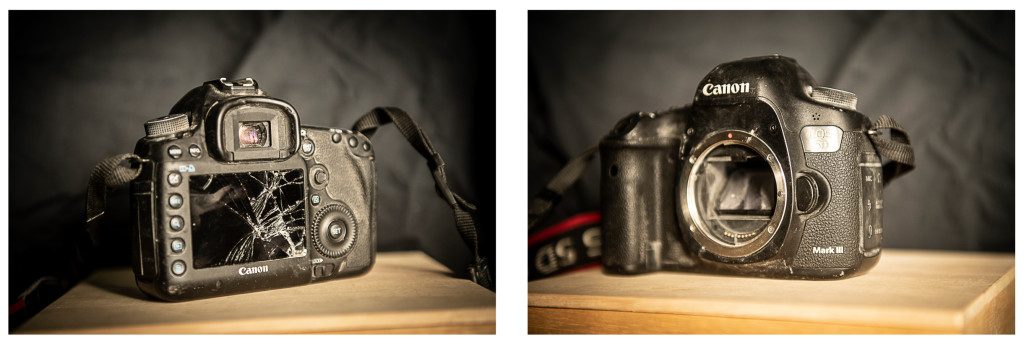
I found this camera, half buried beneath debris, among the bodies of dozens, perhaps hundreds of Islamic state fighters, dead, some, for days and others, dead, just a few hours before. It was on July 17, 2017, the temperature in Mosul was over 50 degrees Celcius, the oily stench exhaled by corpses that decomposed and melted because of the heat and the insects devouring them from inside and out, penetrated my parched nostrils leaving a metallic and nauseating taste in my mouth.
I tried in vain to identify which of them could have used this camera, almost in a relapse, as if I could feel the same compassion I would feel for a colleague, a photographer who had been killed for being there, at that moment, documenting the facts that one day could help us to better understand the story we were seeing before our eyes.
No, this camera was never in the hands of a person interested in documenting the facts, but in distorting them and in the worst case, this camera has been in the hands of assassins who may have used it to produce the hundreds of photos and videos that this terrorist group used to spread fear, sadness and hatred, videos like the one they produced when my brother James Foley was cowardly murdered. This photo camera brings me different feelings, but also, it gives me the certainty of the responsibility that we, photojournalists, assume every time we raise our own photo cameras to document the moments that define history (Andre Liohn)
A tribute to Photojournalism and to those who raise their camera every time to document the moments that define history.
Antonio Amendola
Photo Gallery
-
0
-
0Shares


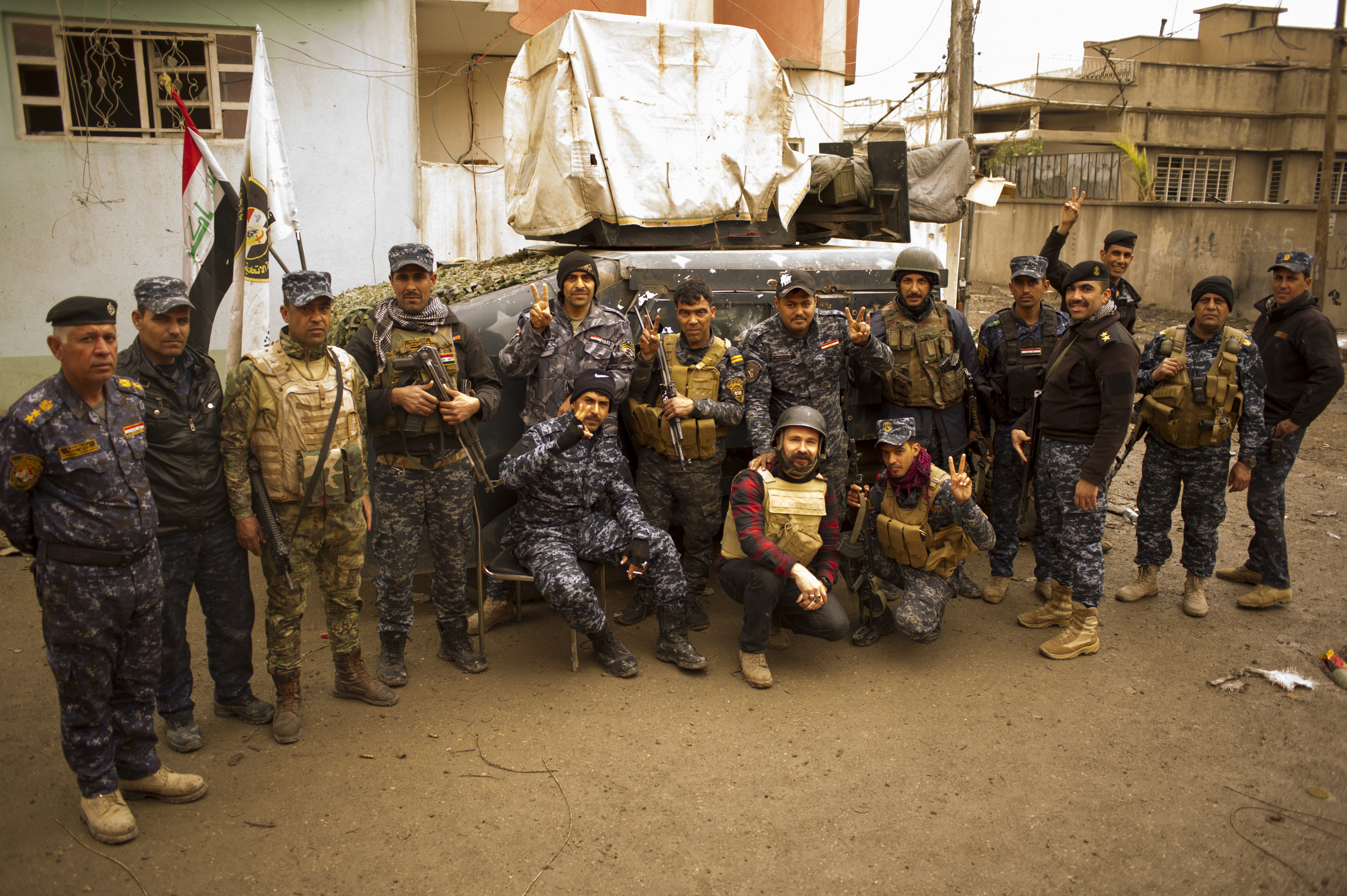


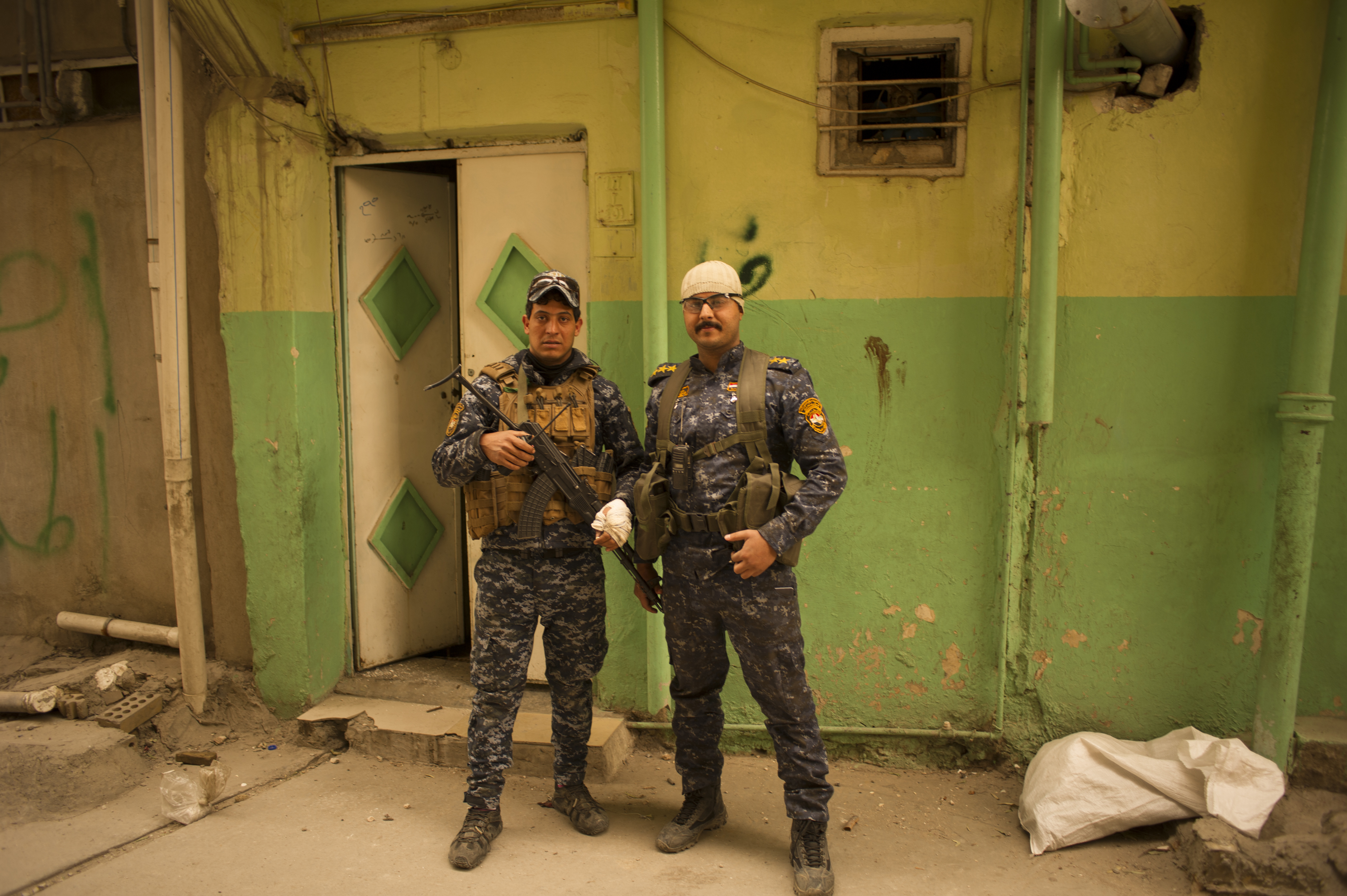

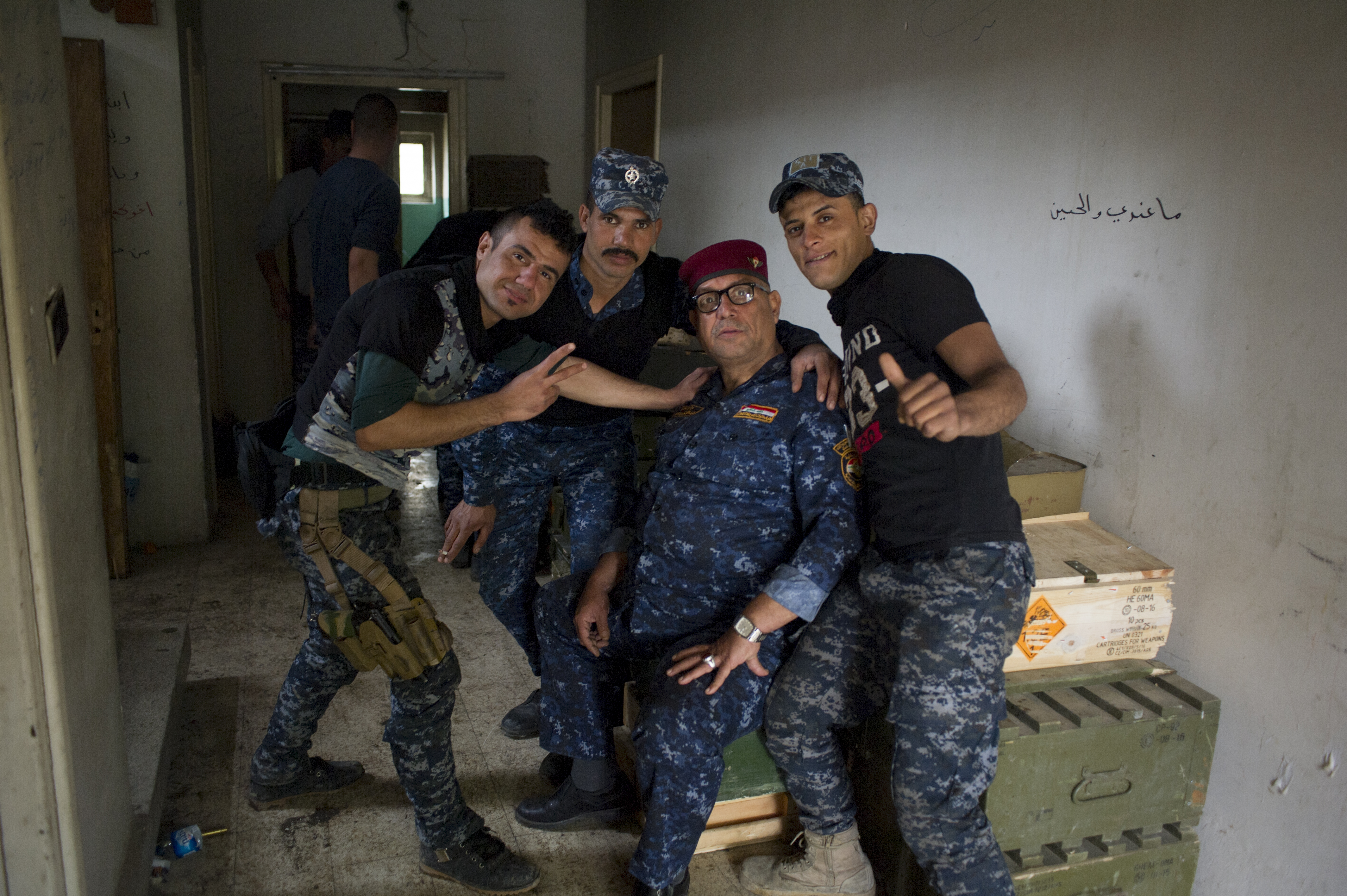
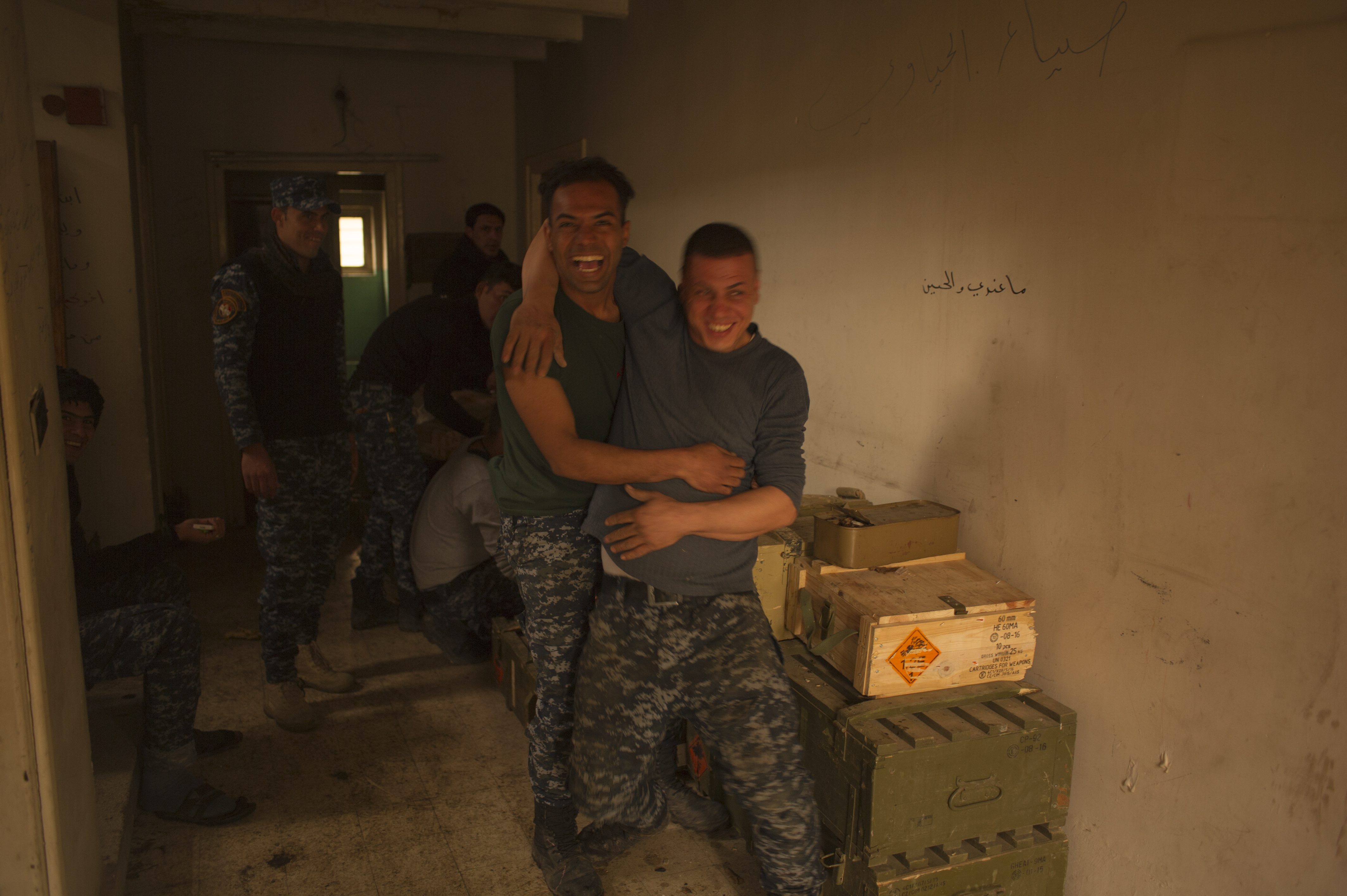
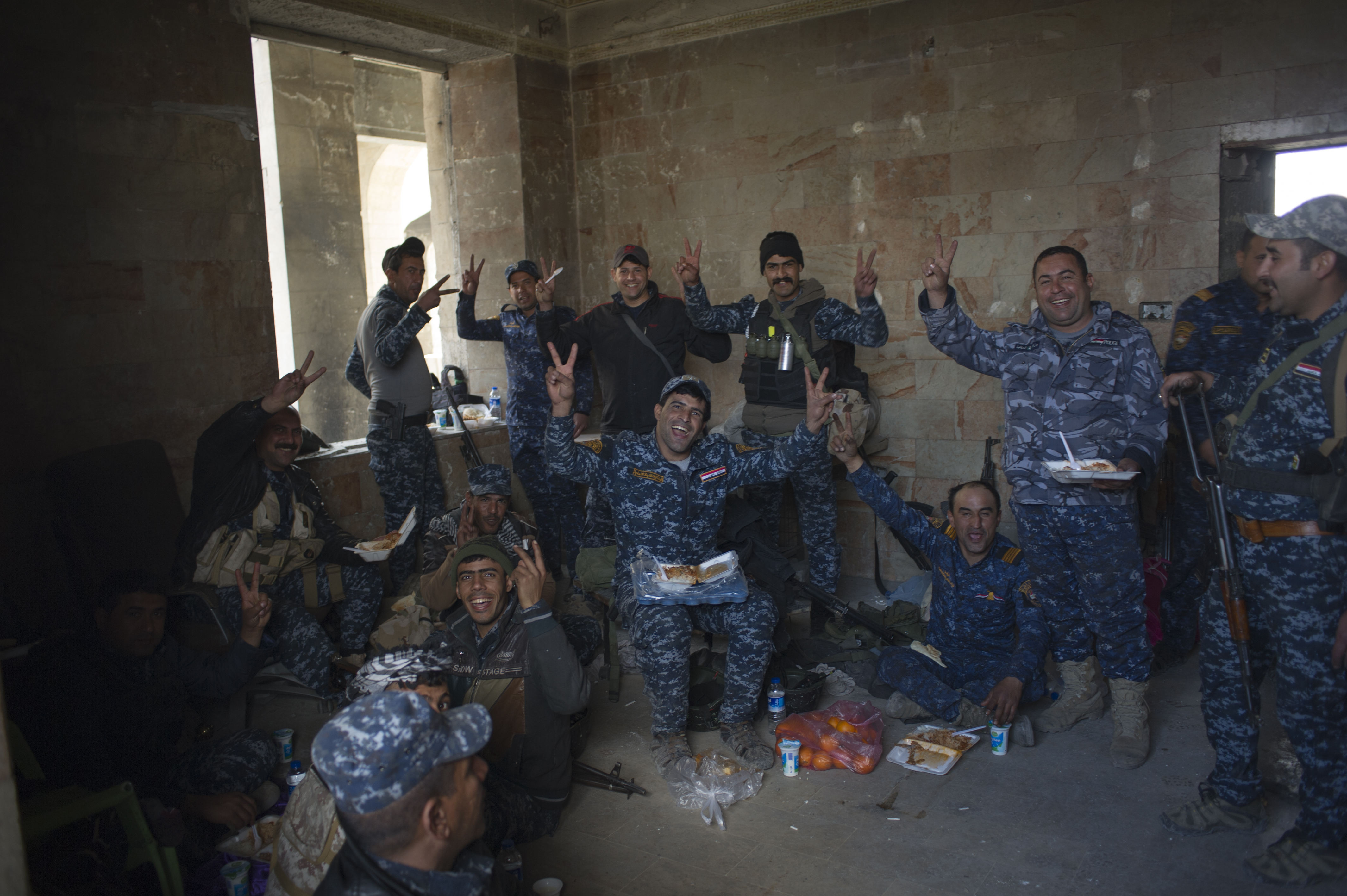


There are no comments
Add yours